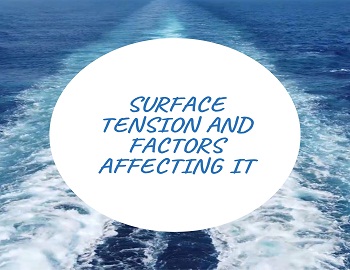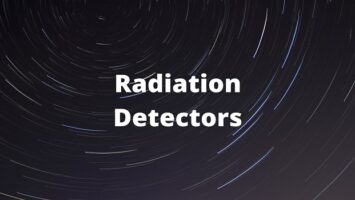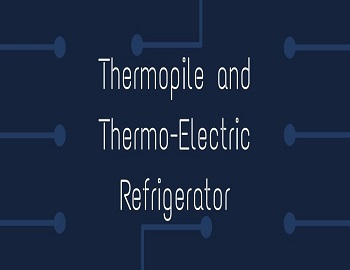Discovery of Positive Rays:
If the cathode in a discharge tube is perforated, “luminous rays” are observed behind the cathode. These rays travel in a direction opposite to the cathode rays, i.e., from the anode to the cathode. These rays produce fluorescence when they strike a fluorescent screen present at the back of the cathode as shown in the figure. They are deflected by electric and magnetic fields. The direction of deflection of these rays is opposite to that of cathode rays. This shows that they are positively charged. These rays are called positive rays or canal rays.

These rays consist of positively charged ions produced by the ionization of the gas atoms by the fast moving electrons of the cathode rays. These positive ions travel toward the cathode and emerge out through the perforations in the cathode. The positive ions are gas atoms that have lost one or more electrons. Hence the mass of a positive ion is almost the same as that of a neutral gas atom.
Properties of Positive Rays:
(1) These rays affect a photographic plate, produce fluorescence and penetrate thin aluminum foils.
(2) They are deflected by electric and magnetic fields. The direction of deflection indicates that they are positively charged. For the same electric or magnetic field, the magnitude of deflection suffered by positive rays is much smaller than that of cathode rays. Therefore, the positive ray particles are much heavier than the electrons.
(3) The velocities of all the positive ray particles are not the same. The velocities of these rays range from 105 to 106 ms-1.









Comments (No)